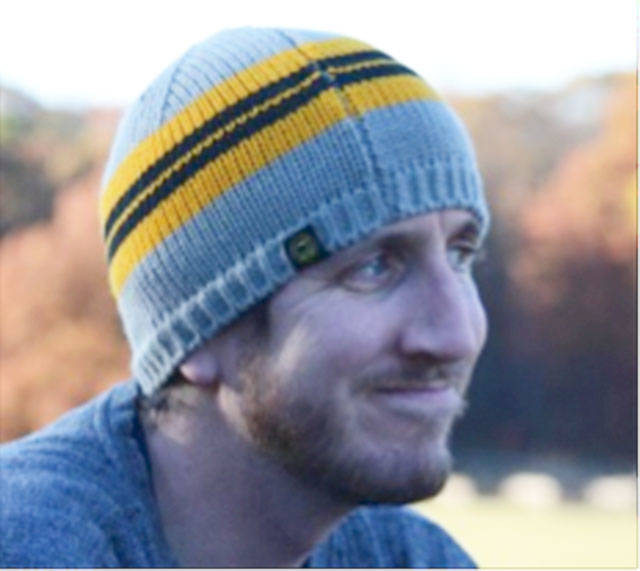It must be said upfront: not all bias is bad—some of them are essentially heuristics, shortcuts that help us process patterns — but some bias is deadly and unfair.
When I teach about bias I try to confront it with a critical pedagogy by asking students to identify cases of good bias and dangerous bias on their own. The activity is immediately jarring, bias is almost exclusively presented as a bad thing — to be avoided — a bias against bias.
It should also be said that in teaching conflict resolution and peace studies I see my job as one of teaching students how to think as opposed to teaching what to think. It is my bias toward problem solving and away from dogma.
In conflict, one-size-rarely-fits-all; “Sometimes,” “maybe,” and “it depends” are preferable to “always” and “never” when thinking about interpersonal relations. In science, however, there are known absolutes that should not be treated as mere opinion.
I have a deep concern for the routine and ubiquitous dismissal of knowledge and expertise during the current global pandemic. The denial of science, with examples like President Donald Trump refusing to wear a mask, showcase an anti-science bias. He declares “what do you have to lose?” in reference to medical treatments (chloroquine and hydroxychloroquine for Covid-19 treatment, which risks damage to the heart by all available medical studies) but he is unwilling to wear a mask. His anti-science bias seems to be a function of his selfish bias to constantly boost his image toward staying in power.
The consequences to these biases are toxic and deadly.
I understand it is personal and political. We all worry about the future; will I have work? Will I lose my life or that of loved ones?
Some sectors will have it worse, but with 500 to 1,000 colleges and universities dying from the coronavirus it is hard to keep a positive outlook for my profession.
According to Jerome H. Powell, the Federal Reserve chair, “in households making less than $40,000 a year, about 40 percent of those working in February lost their jobs in March.”
Again, we see biases at play — and this is the true “deep state,” which shows remarkable bias toward the wealthy elites. In the initial $2.2 trillion bailout every single American could have received $6,000, but while some received $1,200 and others received nothing, there were clearly a select few who received much more, with large corporations granted most of it, and Main Street Mom-and-Pop businesses getting very little.
We need bias-free research to make the best progress in this struggle to save lives and save jobs.
Confirmation bias, design bias, selection bias, and social desirability bias are among the many considerations researchers must address in efforts to minimize distorting conclusions. Few researchers are bias-free, so they are expected to acknowledge bias and show how they set it aside. Some bias is hoped-for; we want our medical researchers to be biased toward saving lives and good health, which motivates them to ask testable questions that can lead to real breakthroughs.
Confirmation bias could cause policy makers to decide to open schools in the fall, believing it is safe, because signs of risk are ignored or prioritized lower than a fantasy of getting “back to normal.”
Focusing on positives has the potential to put our young population, in such a case, at elevated risk. Design bias frequently means ignoring differences across different populations, for example: Native Americans are being left out of coronavirus data and data suggest an overrepresentation of blacks among hospitalized patients.
Doctors Without Borders—who operate in maldeveloped, Third World countries — is currently responding to the impacts of COVID-19 on the Navajo Nation, because the system has failed.
A desire to report success and reopen states and their economies is completely understandable. But that is not generally the current data and we have lots of work that needs to be done. The truth is that we are way behind on testing, Trump brags, but it was too little and it was too late. We are not healing, the curve is not flattened except in places where local or state leadership has been rigorous, and we are setting up for things to get much worse.
We are seeing that ignorance and dishonesty are being weaponized; Russia is deploying coronavirus disinformation to sow panic and the super-rich and their front groups are astroturfing protests (defined by Merriam-Webster as an organized activity that is intended to create a false impression of a widespread, spontaneously arising, grassroots movement in support of or in opposition to something but that is in reality initiated and controlled by a concealed group or organization) to “open America.” The death count is increasing, and people will die in devastating numbers until the pandemic is contained. Our medical communities are exhausted. People are really suffering. The only thing that will help at this point is good science and evidence-based decision making, but the voices of reason are being drowned out by dishonesty and deception. Don’t believe the hype.
Wim Laven, Ph.D., syndicated by PeaceVoice, teaches courses in political science and conflict resolution.



